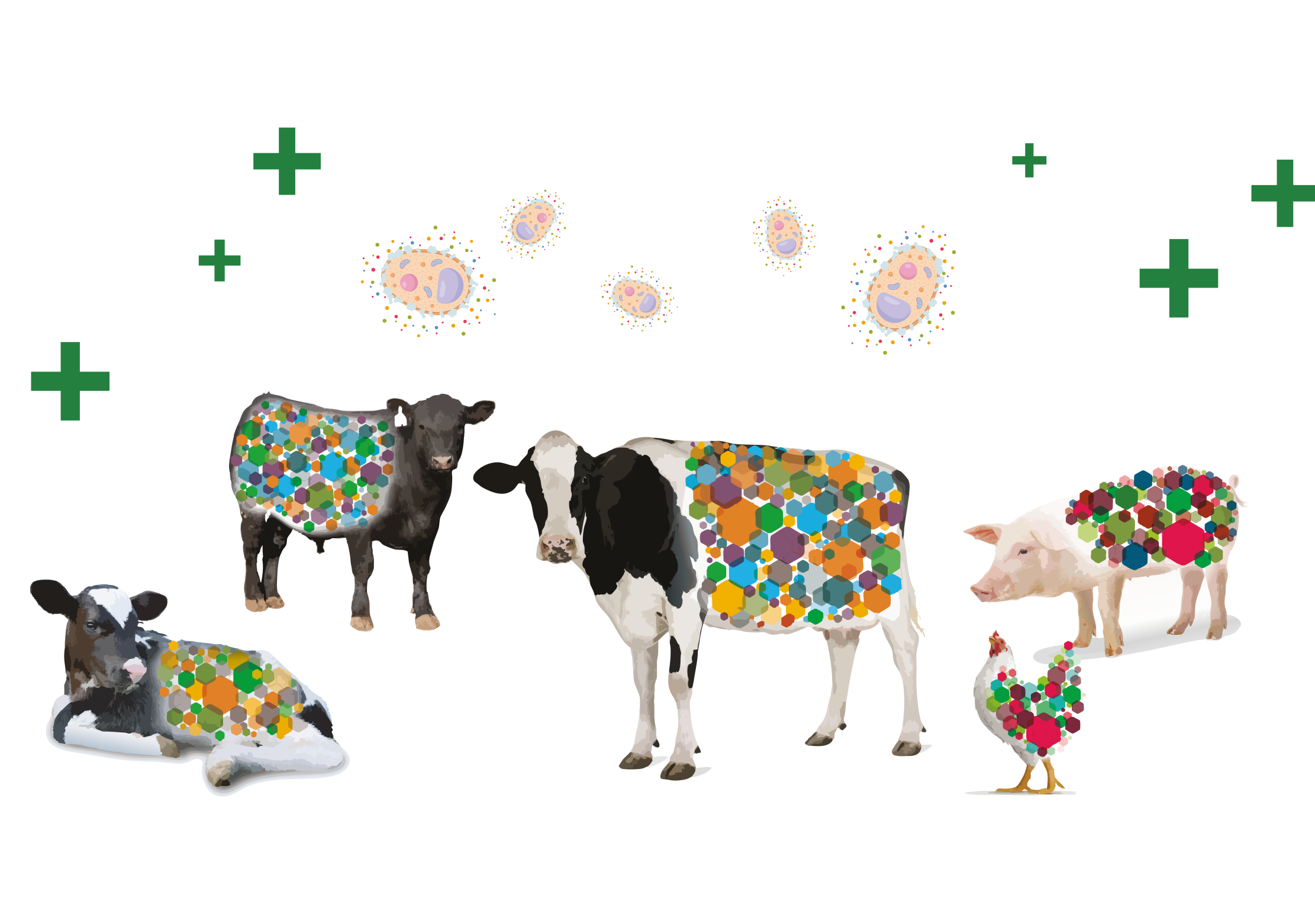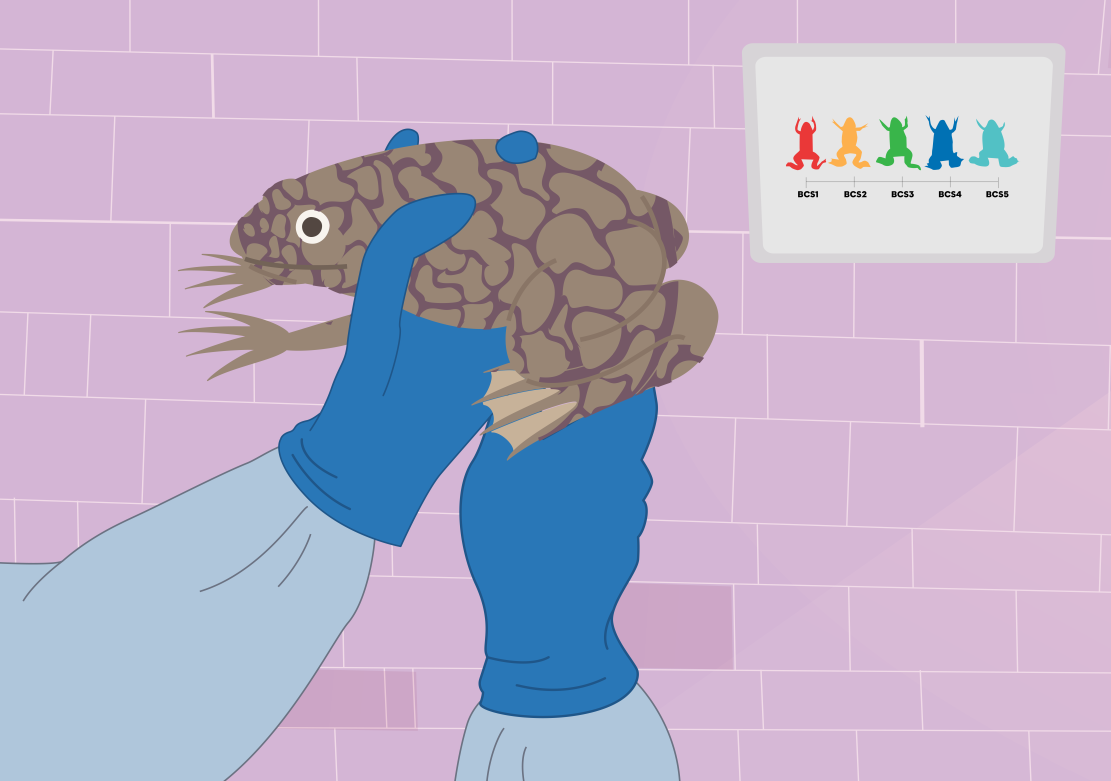The intersection of religion and professional practice is increasingly important, especially in the field of medicine, where ethical decisions are a daily reality. Different belief systems offer unique perspectives for approaching moral challenges. One perspective comes from Jainism, an ancient Indian religion and philosophy that emphasizes nonviolence, multiple perspectives, truth, and non-attachment. In recent research, Dr. Brianne Donaldson at the University of California, Irvine provides insights into how Jain medical professionals integrate their beliefs with modern medical practice. Read More
Donaldson analyzed a survey she and her colleague conducted with 48 Jain healthcare providers, mostly from the US and India. From this survey, Donaldson discovered that Jain doctors approach their work with what she calls a “reflexive ethical orientation”. This means that when confronted with a modern medical dilemma, Jain medical professionals often attempt to consider and creatively apply their philosophical values.
One of the key values expressed in the survey is the concept of adaptive nonviolence, an ancient principle deeply rooted in the Jain tradition. Jain medical professionals often adapt Jain practices to the challenges at hand, especially when a duty to help conflicts with a potential for harm. One respondent shared how they navigate the ethical challenges posed by surgeries, where the act of cutting into the body may harm a patient or destroy tiny beings living on the skin. However, they might justify surgery if there is a high likelihood of improving or saving a patient’s life. Another respondent described a commitment to nonviolent speech when dispensing medication, by informing patients that they receive no financial incentive for prescribing certain drugs.
Another relevant component of Jain philosophy is many-sided viewpoint. This practice of seeking multiple perspectives is particularly valuable in medicine, where decisions often involve weighing conflicting values. For example, when confronted with end-of-life care decisions, several Jain medical professionals considered a patient’s wishes and prognosis within the wider context of social relations, competing interests, economic factors, and broader ethical implications for society. One Jain doctor invited a patient to make a “pros and cons” list for a given choice. Many-sided viewpoint encourages one to engage complexity, rather than avoid it, when navigating complicated situations.
A persistent concern for the well-being of five-sensed beings, which includes non-human mammals, birds and fish, also influences the choices of Jain medical professionals. Many respondents highlighted their community’s commitment to a vegetarian diet, and a majority expressed discomfort with the use of animal testing and dissection in medicine. Because harming these lives has ethical significance, most Jain medical professionals prioritized reducing the use of five-sensed beings for medicine ingredients, medical education, and healthcare interventions.
In a world where medical decisions are often guided by a mix of science, policy, and personal ethics, Donaldson’s study sheds light on the powerful role that spiritual beliefs can play in shaping compassionate, thoughtful care.







